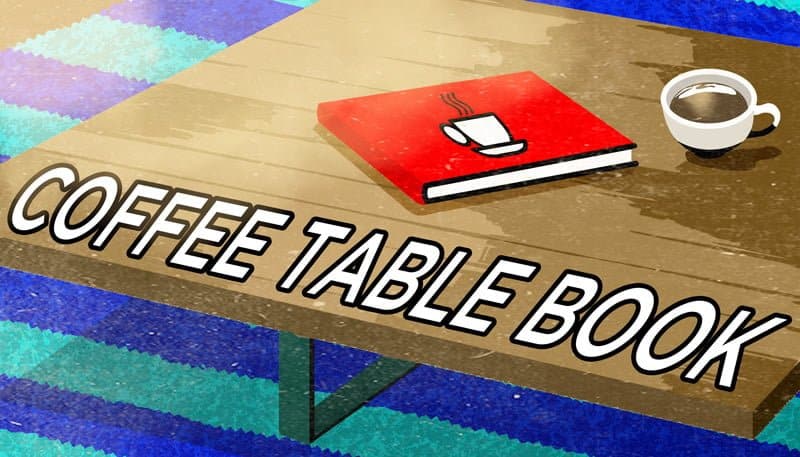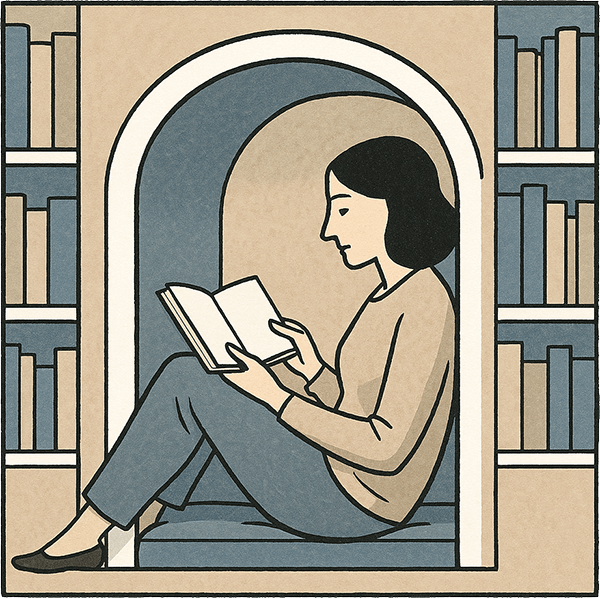Coffee Table Book Publishing
Have you thought about coffee table book publishing? Are you an author or photographer looking to publish content that is eye-catching, unusual, or visually appealing?
A coffee table book is an oversized, most often hard-covered book intended for display on a table or a location where it is available to guests to spark conversation. Usually, the subject matter is non-fiction and based on photos, in order to be skimmed or appreciated quickly by guests.
Generally, the content is meant to be read and understood by a general audience, taking a broad view of subjects in captions and small blocks of text, instead of a deeper exploration. The subjects can cover broad, visually appealing territory such as art, pets and other animals, architecture, and sometimes history or science.
For self-publishers and print-on-demand services, clients will often be looking to create a single copy coffee table book about personal topics such as family history, although some may also look to produce a book with wider appeal for the general market.
Coffee Table Book History
The current usage of the term “coffee table book” goes back at least as far as the 19th century. Usage of the term is often traced back to David Brower and his idea for a book series that combined nature photography with brief text on the subject. At the time, Brower was the executive director of the Sierra Club. In outlining his idea, Brower described:
"A page size big enough to carry a given image’s dynamic. The eye must be required to move about within the boundaries of the image, not encompass it all in one glance."
The first book to definitively earn the label of coffee table book was This is the American Earth, published in 1960. The book included photographs by Ansel Adams, as well as text by Nancy Newhall. The book started the “Exhibit Format” series, which went on to include 20 titles.
Best Coffee Table Books of All Time
Goodreads.com’s list of the best coffee table books of all time includes National Geographic: The Photographs edited by Leah Bendavid-Val, The Art Book by Phaidon Press, Ansel Adams: 400 Photographs by Ansel Adams, Los Angeles: Portrait of a City by David L. Ulin, and Diane Arbus: Revelations, by Diane Arbus.
Challenges
There are a number of challenges and special considerations for authors (or photographers) interested in publishing a coffee table book.
The subject matter should lend itself well to visual display. Often it is content that is eye-catching, unique, or unusual, that can serve as a conversation starter. Professional design in any publishing is important, but it is essential for a coffee table book, since its primary point of appeal is visual. Some self-publishing services may offer templates for photobooks.
The typically large format of coffee table books means higher printing costs, and the focus on the visuals usually means higher printing costs for the art as well. You will need good color, which means a test proof from the printer. Prices can also add up quickly when permissions are required for photos, which can be expensive. Or, if the art is original, you will need to take photos of, or scan your art. They will need to be of a high resolution in order to print clearly.
There are additional challenges to putting a coffee table book in eBook format. Traditionally, part of the appeal of a coffee table book is tactile – guests can pick it up and flip through it when it is placed in a common space for hosting. An eBook can’t be placed in a central location, and can’t be left on the coffee tables that earned them their name. Without the external visual appeal, coffee table books lose at least some of their purpose. Lastly, the format limits the appeal to the gifting market, traditionally important to selling coffee table books.
Three Basic Approaches
There are three basic approaches to publishing a coffee table book, and authors would benefit from learning the advantages and drawbacks to all three.
Traditional publishers offer prestige, as well as established distribution channels. More duties are delegated from the author or photographer to a team of experienced experts, and the publisher can handle costs for layout, design, printing, and other aspects. The main advantages to traditional publishers though, are distribution and marketing. Traditional publishers may be well positioned to negotiate shelf space and promotion at bookstores, and to arrange special sales through online retailers such as Amazon.
However, as always with traditional publishers, you may not receive a percentage of sales after the author advance.
Independent Coffee Table Book Publishing
Independent publishers are typically defined as publishers that earn less than 50 million dollars in revenue each year, and publish fewer than 10 books annually. This can be a good option for niche publications meant for smaller markets. Independent publishers also allow authors (or photographers) to retain more control over their project than they would have with a traditional publisher. For distribution and marketing, there can be some drawbacks with coffee table book publishing; distribution channels may be more limited, and these publishers may be less capable when it comes to marketing.
Finally, there is the self-publishing option, through eBooks and print-on-demand. This can offer some key advantages for some authors, such as slightly lower overhead costs, the ability to manage all aspects of the project yourself, no need for middlemen, and a high-profit margin for eBooks.
However, your choice of materials may be limited by what your printing service can offer, which can be a considerable drawback for the tactile and visual appeal of coffee table books. A top-notch self-publishing service, however, may be able to offer much of the expertise of a traditional publisher, while allowing more control over the work and a better share of the profits.
Whatever your choice, be sure your book stays true to the original hallmarks of coffee table books: visual appeal; broad approach to the text and subject matter; and unusual, unique, or eye-catching content. Your process for self-publishing the book should be sure to preserve these aspects.




